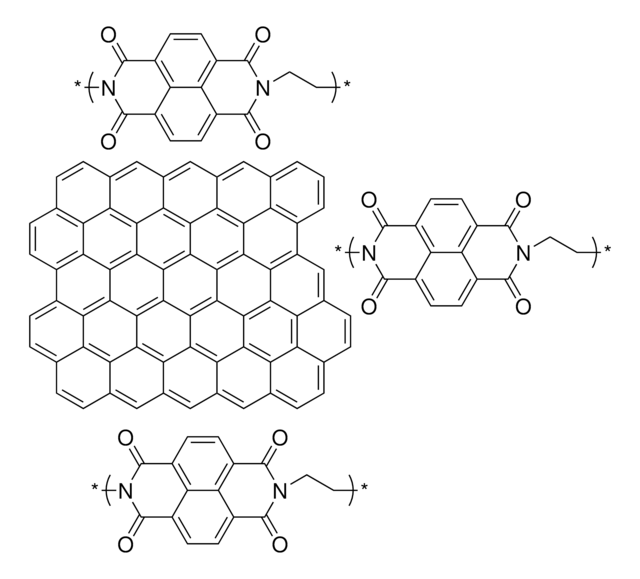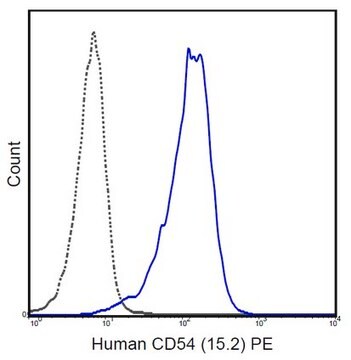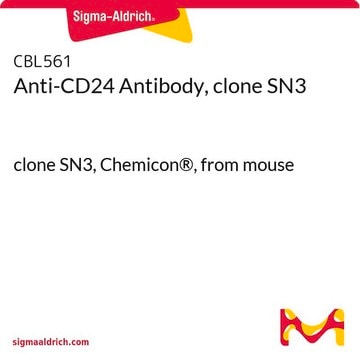推薦產品
應用
Coating a plate well (6 well plate) with this recombinant CD86 protein in T cell specific medium at 1-10 μg/well allows for use as 1) a coating matrix protein for human T cell/ receptor interaction or as a highly purified recombinant antigen or 2) as a culture matrix protein for T cell differentiation regulation studies in vitro.
Use this procedure as a guideline to determine optimal coating conditions for the culture system of choice.
1. Thaw CD86 and dilute to desired concentration using serum-free medium or PBS. The final solution should be sufficiently dilute so the volume added covers the surface evenly (1-10 μg/well, 6 well plate).
2. Add appropriate amount of diluted material to culture surface.
3. Incubate at room temperature for approximately 1.5 hours.
4. Aspirate remaining material.
5. Rinse plates carefully with water and avoid scratching bottom surface of plates.
6. Plates are ready for use. They may also be stored at 2-8 °C damp or air dried if sterility is maintained.
Use this procedure as a guideline to determine optimal coating conditions for the culture system of choice.
1. Thaw CD86 and dilute to desired concentration using serum-free medium or PBS. The final solution should be sufficiently dilute so the volume added covers the surface evenly (1-10 μg/well, 6 well plate).
2. Add appropriate amount of diluted material to culture surface.
3. Incubate at room temperature for approximately 1.5 hours.
4. Aspirate remaining material.
5. Rinse plates carefully with water and avoid scratching bottom surface of plates.
6. Plates are ready for use. They may also be stored at 2-8 °C damp or air dried if sterility is maintained.
序列
MASMTGGQQMGRGHHHHHHGNLYFQGGEFELPLKIQAYFNETADLPCQFANSQNQSLSELVVFWQDQENLVLNEVYLGKEKFDSVHSKYMGRTSFDSDSWTLRLHNLQIKDKGLYQCIIHHKKPTGMIRIHQMNSELSVLANFSQPEIVPISNITENVYINLTCSSIHGYPEPKKMSVLLRTKNSTIEYDGIMQKSQDNVTELYDVSISLSVSFPDVTSNMTIFCILETDKTRLLSSPFSIELEDPQPPPDHIP
準備報告
The full-length extracellular domain of the human CD86 gene (24 - 247 aa, Isoform-2) was constructed with 31 N-terminal T7/HIS-tag and expressed in E. coli as inclusion bodies. The final product was refolded using our unique “temperature shift inclusion body refolding” technology and chromatographically purified as soluble protein.
儲存類別代碼
10 - Combustible liquids
水污染物質分類(WGK)
WGK 2
閃點(°F)
Not applicable
閃點(°C)
Not applicable
Ruchi Yadav et al.
Science advances, 8(49), eadd2191-eadd2191 (2022-12-10)
SARS-CoV-2, a human coronavirus, is the causative agent of the COVID-19 pandemic. Its genome is translated into two large polyproteins subsequently cleaved by viral papain-like protease and main protease (Mpro). Polyprotein processing is essential yet incompletely understood. We studied Mpro-mediated
Valentine V Courouble et al.
bioRxiv : the preprint server for biology (2021-03-11)
Coronavirus (CoV) non-structural proteins (nsps) assemble to form the replication-transcription complex (RTC) responsible for viral RNA synthesis. nsp7 and nsp8 are important cofactors of the RTC, as they interact and regulate the activity of RNA-dependent RNA polymerase (RdRp) and other
Emmanuelle Benard et al.
Frontiers in immunology, 9, 2085-2085 (2018-10-04)
We created APC-mimetic synthetic substrates to study the impact of ligand clustering on T cell activation and spreading. The substrates exhibit antibodies directed against the TCR-complex in the form of a patterned array of sub micrometric dots surrounded by a
Valentine V Courouble et al.
Journal of the American Society for Mass Spectrometry, 32(7), 1618-1630 (2021-06-15)
Coronavirus (CoV) nonstructural proteins (nsps) assemble to form the replication-transcription complex (RTC) responsible for viral RNA synthesis. nsp7 and nsp8 are important cofactors of the RTC, as they interact and regulate the activity of RNA-dependent RNA polymerase and other nsps.
Omar S Qureshi et al.
Science (New York, N.Y.), 332(6029), 600-603 (2011-04-09)
Cytotoxic T lymphocyte antigen 4 (CTLA-4) is an essential negative regulator of T cell immune responses whose mechanism of action is the subject of debate. CTLA-4 shares two ligands (CD80 and CD86) with a stimulatory receptor, CD28. Here, we show
Active Filters
我們的科學家團隊在所有研究領域都有豐富的經驗,包括生命科學、材料科學、化學合成、色譜、分析等.
聯絡技術服務








